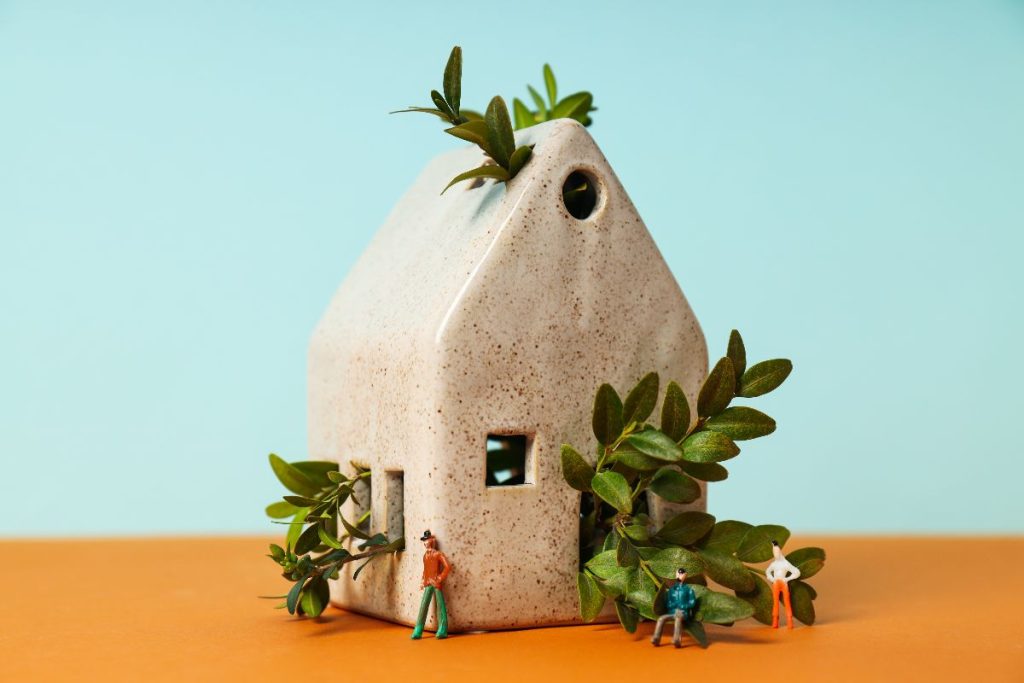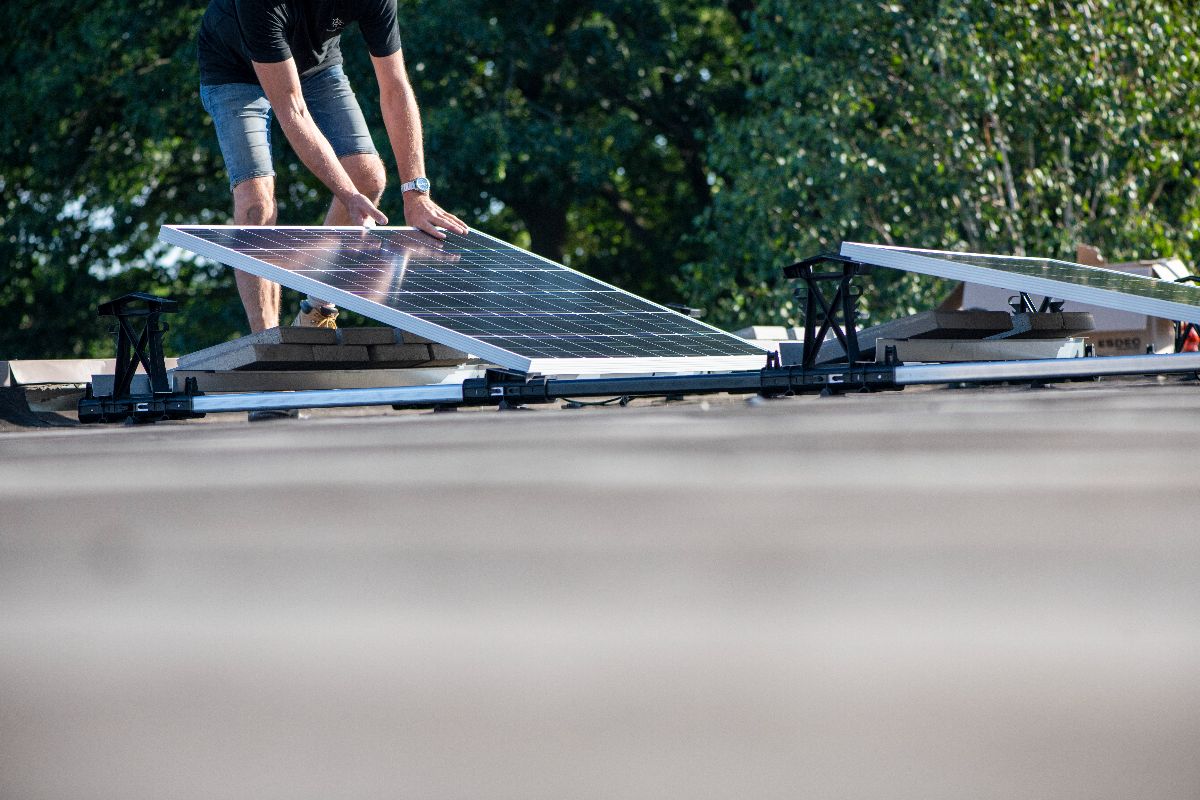Why Non-Sustainable Homes Cost More Than You Think
2025 Nov 25 | by Apple Barretto

Overview
- Sustainable homes help reduce energy use, minimize repairs, and provide better comfort while lowering expenses over time.
- Traditional houses often face higher utility bills, frequent maintenance, and shorter lifespans, leading to increased costs.
- Pueblo de Oro showcases eco-friendly developments that prioritize long-term savings, durability, and a greener lifestyle for homeowners.
You turn on the air conditioner, yet the room never seems to cool down. The walls trap heat, the electric bill keeps climbing, and your home feels less comfortable every month.
The truth is, most of us are already living in non-sustainable homes. It’s the kind built without energy efficiency or long-term durability in mind. These familiar spaces may look fine on the surface, but the hidden cost of living in a non-sustainable home adds up fast through higher utility bills, frequent repairs, and wasted energy.
Recognizing this helps you see that sustainability isn’t just a trend. It’s a smarter, more practical way to live.
Fortunately, master-planned communities like us at Pueblo de Oro prove that sustainability and smart design can go hand in hand. Their environmentally friendly layouts not only protect the planet but also help you save money and enjoy greater peace of mind. Keep reading to learn more!
Higher Costs for Non-Sustainable Homes

A non-sustainable home is one that lacks energy-efficient design, proper insulation, and durable, eco-friendly materials. These homes often rely on outdated construction methods that waste electricity, require frequent maintenance, and offer poor ventilation.
While they may appear cheaper upfront, the hidden costs quickly add up through rising utility expenses, constant repairs, and reduced comfort. Understanding these financial drawbacks helps you make smarter, long-term decisions when choosing where to live.
Increased Utility Bills
Non-sustainable homes often waste energy due to poor insulation, outdated appliances, and inefficient lighting. As a result, air conditioners and heaters need to work harder to keep temperatures stable. This constant energy use quickly drives up monthly utility costs.
Frequent Maintenance
Traditional building materials in non-sustainable homes often wear out quickly. Untreated wood, low-grade concrete, and standard roofing sheets demand constant upkeep and frequent repairs. Paint peels, plumbing leaks, and roofing deteriorate sooner without durable, eco-friendly alternatives. Over time, these recurring repairs add up to significant maintenance expenses.
Reduced Durability
Homes built without sustainable design or materials are more prone to structural damage. Moisture buildup, poor ventilation, and low-quality finishes shorten a home’s lifespan. Eventually, you spend more on renovations or replacements just to keep it livable.
Comparison with Sustainable Homes

Sustainable homes are designed to minimize environmental impact through energy efficiency, smart materials, and responsible resource use. These properties reduce waste, conserve energy, and create healthier living environments.
When compared with traditional homes, sustainable developments often have lower utility costs, require less maintenance, and offer better long-term value. This contrast helps homeowners see how eco-conscious design isn’t just about going green. It’s about building smarter, more resilient spaces for the future.
Initial Investment vs. Long-Term Saving
Sustainable homes often include features like solar panels, insulated walls, and water-efficient plumbing that raise the upfront cost. However, these systems significantly lower monthly expenses by reducing electricity and water use.
Over time, homeowners recover their investment through consistent savings and lower utility bills compared to traditional houses.
Durability
Eco-friendly materials such as reinforced concrete, treated bamboo, and recycled steel are designed to withstand weathering and heavy use. Unlike low-grade construction materials that degrade quickly, these options maintain their structure and finish for decades. This durability minimizes repair costs and ensures your home remains safe and stable with less maintenance effort.
Resilience
Sustainable homes are strategically planned to handle the Philippines’ challenging climate conditions. Features like elevated foundations, rainwater drainage systems, and reflective roofing help protect against floods, heat, and typhoons. These design choices keep your home safer and more comfortable year-round while reducing damage-related expenses.
Sustainable Housing Developments by Pueblo de Oro
Pueblo de Oro understands that a home should do more than provide shelter. With a strong commitment to eco-friendly design, our various master-planned communities across the country feature energy-efficient layouts, green spaces, and thoughtful planning. These sustainable choices help homeowners reduce costs, enjoy healthier spaces, and take part in building a greener future.
Best Green & Sustainable Estate Developer – Pueblo de Oro
DOT Property Philippines Awards 2025
Pueblo de Oro was named Best Green & Sustainable Estate Developer for its dedication to creating eco-conscious communities. Each project reflects smart planning, energy efficiency, and a lasting commitment to sustainability.
Best Green Development – Pueblo de Oro Townscapes Malvar
DOT Property Philippines Awards 2025
Pueblo de Oro Townscapes Malvar earned recognition for its tropical design that harmonizes with nature. This Batangas community offers family-friendly living with sustainable features that enhance comfort and reduce environmental impact.
Preliminary EDGE Certificate – Pueblo de Oro Residences Malvar
International Finance Corporation (IFC), Philippine Green Building Initiative, 2022
Pueblo de Oro Residences Malvar received a Preliminary EDGE certification for its energy- and water-efficient design. Homeowners enjoy reduced utility costs and a lower carbon footprint through sustainable construction practices.
Gold Winner – Environmental Category (Westwoods)
FIABCI Philippines, FIABCI International Real Estate Federation
Westwoods subdivision in Cagayan de Oro won Gold for its forest resort-inspired community design. Surrounded by a rainforest and the Tagmatay Creek, it offers a refreshing and sustainable living environment.
Key Takeaway
The cost of living in a non-sustainable home adds up over time, from high utility bills to constant maintenance and missed long-term savings. Unlike sustainable housing that prioritizes efficiency and durability, these homes can strain both your finances and comfort in the long run.
At Pueblo de Oro, we’re dedicated to building communities that combine modern living with sustainability. Our developments are thoughtfully designed to provide families with lasting value, resilience, and a deeper connection to nature.
Discover how you can invest in a future-ready, eco-conscious home. Reach out to us today to learn more about our sustainable housing options.

 ESG Focus
ESG Focus
 Seller’s
Portal
Seller’s
Portal